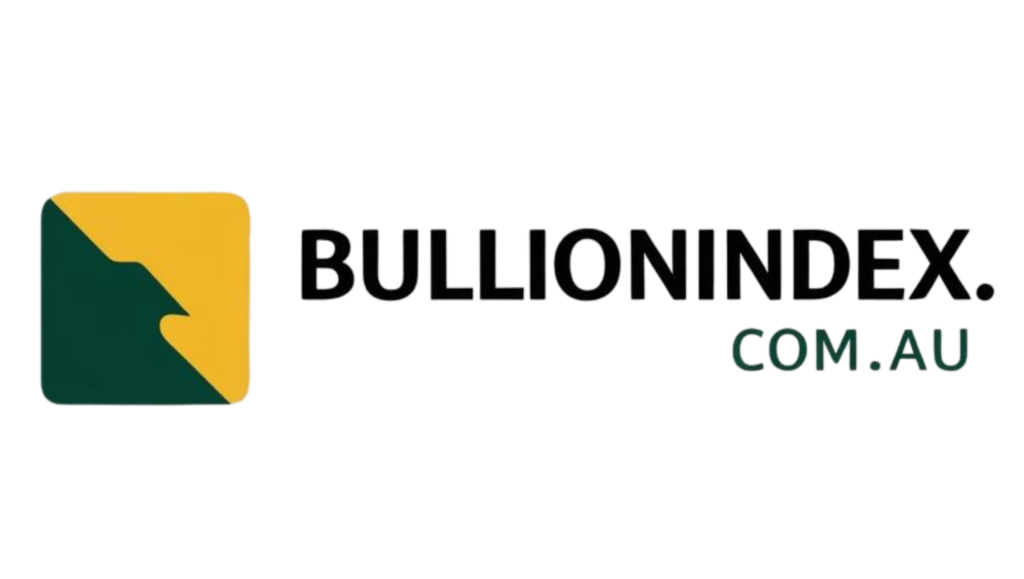Silver bullion prices have surged to a 12-year high, surpassing $34 amid global uncertainty. The white metal, much like gold, is gaining attention as a safe-haven asset, attracting investors despite its inherent volatility. There is growing optimism among experts that a bull market for silver is on the horizon, prompting discussions on the highest price ever reached by silver.
To understand the significance of silver’s price movements, it is essential to grasp how silver is traded. Silver bullion is traded globally in dollars per ounce, with key trading hubs in New York, London, and Hong Kong. The physical silver trade is centered in London, while the New York Mercantile Exchange conducts most paper trading through the COMEX division. Investors can invest in silver through physical bullion products or paper trading via futures contracts or exchange-traded funds (ETFs).
The highest price recorded for silver stands at US$49.95 per ounce, achieved in January 1980. This record was partly influenced by the actions of the Hunt brothers, who attempted to corner the market by acquiring significant amounts of physical silver and silver futures. However, their strategy backfired, leading to a market crash known as Silver Thursday. The price of silver hit another peak in April 2011 at US$47.94, driven by strong investment demand.
Following a period of consolidation between US$15 and US$20 in the late 2010s, silver prices started an upward trend in mid-2020 amid economic uncertainty due to the COVID-19 pandemic. The price surged in early 2023 but later dipped before climbing back up to around US$25 in late 2023. In 2024, silver prices saw a significant rally, hitting a 12-year high of US$34.20 on October 21, marking a 48% increase since the beginning of the year.
The recent price surge can be attributed to various factors, including escalating global tensions, expectations of monetary easing, and a shift towards cleaner energy sources that rely on silver for production. Despite the price volatility, silver remains a popular investment choice due to its dual role as an industrial metal and a store of wealth. The top silver-producing countries are Mexico, China, and Peru, with supply dynamics influenced by factors like mine closures and lower ore grades.
However, the silver market is not without its challenges, as price manipulation remains a significant concern. Several banks have been implicated in manipulating silver rates, leading to probes and legal actions. Market experts anticipate a shift in the silver market landscape as transparency measures are introduced to combat manipulation.
In conclusion, the future trajectory of silver prices remains uncertain, hinging on various factors such as global demand, supply dynamics, and market sentiment. As investors closely monitor silver’s performance, its role as a valuable asset in times of economic uncertainty continues to be reinforced.

Leave a Reply
You must be logged in to post a comment.